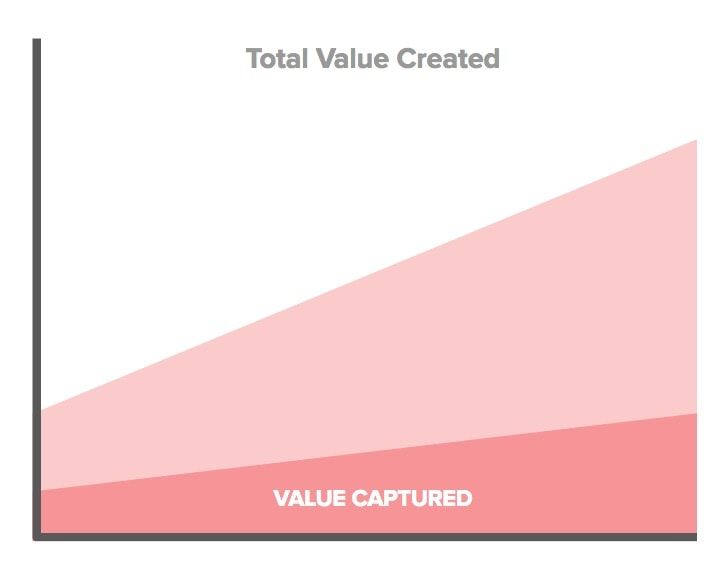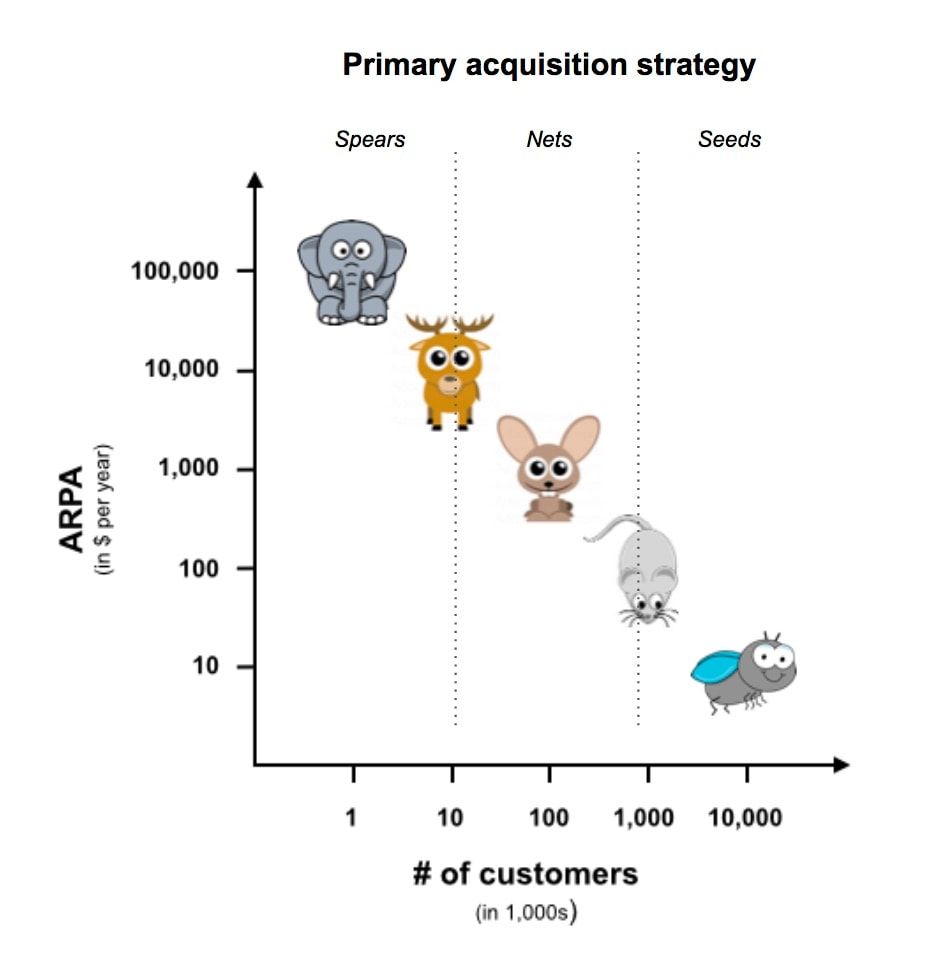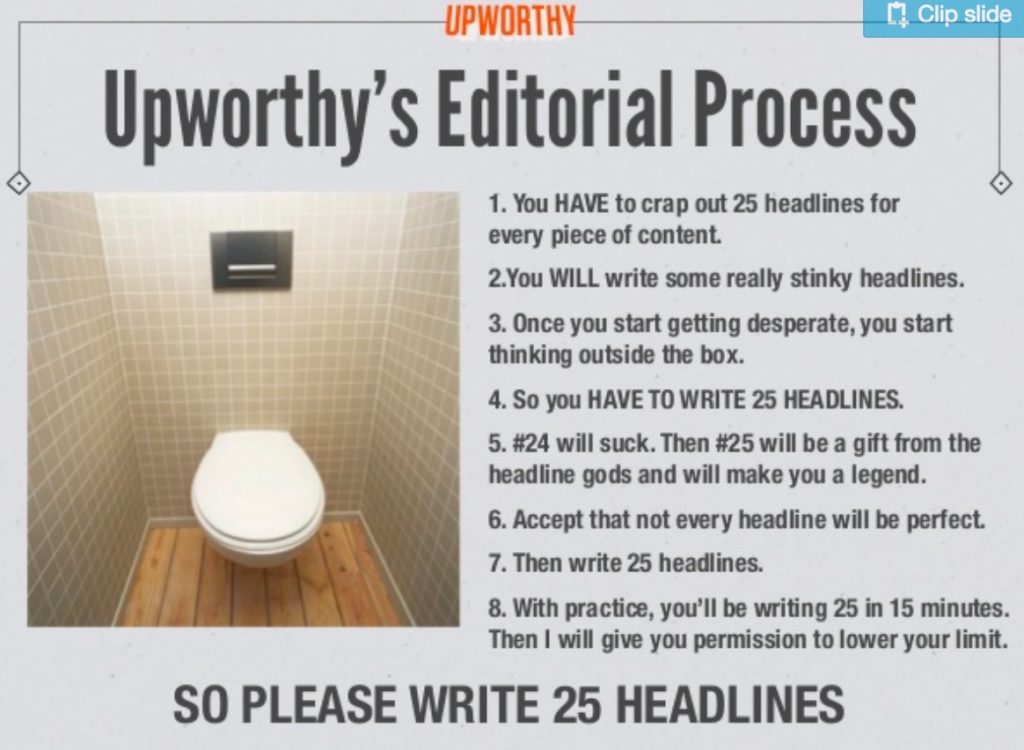A List of Marketing Concepts and Business Strategies

Inspired by Gabriel Weinberg’s post, here are a few business and marketing concepts I find useful. These are mental models, frameworks and business strategies that I always come back to.
They’re effective mental shorthands for evaluating how to act; or at least, provide you with alternate viewpoints from which to analyze a situation.
Create Value to Capture Value

To get, you first have to give. And it will all come back to you later on.
For example, the concept of “Create Value to Capture Value” explains why helpful marketing is evergreen . When a company helps you with something with no strings attached, they earn your trust; so if they make an “ask” later on, you’re more willing to oblige.
Rewards are the result of putting something into the world that people care about. Want to headline a big conference? The easiest way is to be recognized as a person of value. Want to get a promotion? You have to constantly deliver value first. Want to get a reply on a cold email … you get it.
The Spray Tan Fallacy

All bodybuilders have big muscles. All bodybuilders use spray tan. Therefore, to have big muscles I must use spray tan.
Sounds ridiculous like a ridiculous strategy, until you put it in more familiar terms:
Successful company X is crushing it by spending thousands a day on Facebook Ads. Therefore, if I spend thousands a day on Facebook Ads, I will also crush it.
The lesson here: underlying, unseen, un-obvious factors are important; they are often the real cause of the results you observe. For example, there’s no visual shorthand for the bodybuilder getting up at 5am every day to work out, and eating chicken breast 3x a day; spending time at the gym instead of his family.
Furthermore, fit to situation is also important. The best thing to do is not outright copy — but to understand their approach and situation so that you understand why they are using “spray tan.”
Unfortunately, many businesses strategies are created by looking at the surface, the “spray tan” of other industries and companies.
Shout out to Visakan for coming up with this.
Are You Hunting Elephants or Flies?

What type of customer are you hunting?
Is your hunting strategy a good match for the animal you’re trying to hunt?
For example, don’t rely on “growth hacks” or “virality” if you’re trying to connect with CFOs in the Fortune 100. If you’re going after a million customers, cold calling is probably not going to get you there.
This marketing concept is really powerful and can apply to businesses of all sizes.
More here: A Simple Way To Build Your Go-To-Market Strategy
LTV:CAC ratio

“Marketing” is really just:
(1) the practice of using resources to find new customers
(2) identifying channels that have the greatest return on those resources
Therefore, marketing is one giant exercise of balancing the ratio of Lifetime Value to Customer Acquisition Cost.
As a marketer, your job is to maximize this ratio for your function, for your team, for your company.
It’s SO easy to get distracted and think of “Marketing“ as making pretty graphics; holding events; getting PR, making whitepapers; writing email nurture sequences, community, etc.
LTV:CAC is a perpetually interesting number, because it’s always shifting, moving and resists simplification. It’s never fixed and it’s not set-and-forget.
This problem is why marketers have jobs.
The Null Hypothesis

Everyone loves to talk about “testing” ideas.
It’s never been easier to for marketers to try new things, push code, run A/B tests and do experiments. The problem is that “testing” should be done scientifically; otherwise, at best it’s worthless …and at worst, it’s dangerous.
When testing, we should be sticking to a tried-and-true process: the scientific method. And a major part of the scientific method is testing against the Null Hypothesis — the default state of affairs.
Here’s an example.
Your downloads are flat with your current marketing efforts. (null hypothesis)
You double your SEM budget. (alternative hypothesis)
You see a bump in downloads.
Therefore, we should increase SEM budget even more, immediately.
Here’s another one:
Your email newsletter open rate is 20%.
Normally, you send it at Monday 12pm. (null hypothesis)
This upcoming Monday, you get the idea to send it at 9am. (alternative hypothesis).
You observe Open rate = 22%.
Therefore, we should always send emails at Monday 9am instead of 12pm.
In both cases —the mistake is accepting the alternative hypothesis too quickly. Usually this is because of some trigger happy interpretation of “move fast and break things.” These seem innocent; but it’s poor reasoning. And remember that poor reasoning gets amplified across people and money, which is dangerous especially when you’re dealing with a substantial number of users and VC money.
Before-After Bridge

When dealing with copywriters block, use this simple go-to formula:
Describe their life Before your solution. Then describe their life After your solution. Bridge the gap in between.
It works for almost any medium! Every infomercial you’ve ever seen implicitly follows this formula.
It always produces great copy because it forces you to think about the customer’s world, and gets you out of your own head.
The 25 Headline Rule

In their heyday, Upworthy was a viral powerhouse that dominated our Facebook feeds, even forcing Facebook to update its newsfeed algorithm because they had gamed it so well.
One of Upworthy’s key insights was this: a killer headline does a lot of heavy lifting.
Their method to a killer headline? Write 25 headlines for every piece.
This method forces you to exhaust the obvious, common, plebian headlines that anyone can come up with. From experience: Headlines 1 through 7 are easy. Getting to Headline 15 is a lot harder. Somewhere between Headling 16 to 25 lies gold.
I liken it to meeting someone for the first time. You have to work through the banal first 10 minutes of small talk before you run out of niceties, then you get to the good stuff.
There’s a broader point here. Rapid iteration is important; the first is rarely the best. Expect that. Your best work comes when you persevere; it’s unhealthy to expect that you’ll hit a home run on your first try every single time.
More to come
I’ll be adding to this list over time.
What are some marketing concepts, mental models or frameworks you find yourself always using?